The module pair emulates a “wired” connection from the subject to computer, with all the benefits of a fully-wireless recording system.
PPG and EDA/GSR data is transmitted at a rate of 2000 Hz, providing high resolution signal waveforms at the receiver module’s output. Raw data from the module pair is bandlimited from DC to 10 Hz for both channels, to provide for rapid response PPG and EDA/GSR measurement. Additional internal highpass and lowpass optional filters can help provide for high quality amplification of PPG and EDA/GSR signals, even in the presence of hand/body motion.
The BN-PPGED set is typically used to measure PPG and EDA/GSR signals as manifested on the fingertips of the left or right hand. However, the module pair can also be used to measure PPG and EDA/GSR data on the toes or other body locations.
The PPG signal can also be used in conjunction with the ECG signal to generate an estimate of pulse transit time (PTT) and thus, indirectly, real-time blood pressure. Use AcqKnowledge to evaluate the rate of the pulse signal, as generated by the PPG channel.
Investigate event-related EDAs and phasic responses using AcqKnowledge‘s analysis routines. Because additional module pairs are fully isolated from one another, comparative EDA/GSR measurements are feasible. For example, EDA/GSR from one hand can be compared to those of the opposing hand. AcqKnowledge includes a fully automated electrodermal response scoring tool that locates skin conductance responses, visually identifies them in the record and measures them. It also automates event related potentials (ERP) analysis by locating the onset of the stimuli and identifying a valid SCR.
Use the Focus Areas analysis tool to specify and mark areas of interest in the data and then run automated analysis routines or the cycle detector specifically on the Focus Areas instead of the entire data file.
See Applications > Psychophysiology for further analysis information and advanced features.
Due to battery operation of the wireless transmitter and close proximity to the subject’s body, common-mode rejection ratio is extremely high, considerably in excess of any typical wired biophysical transducer signal recording system. Accordingly, notch filters to remove mains interference (50 or 60 Hz) are available but typically not required.
Attach the transmitter near, or on, the subject’s wrist via stretchy Velcro strap (included) or try the stretch-mesh, pocketed BioNomadix Shirt. Interference with other recording modules or systems is greatly minimized because the module transmitter is completely battery operated and operates totally independently of any other recording grounds or power sources. The recording transmitter is also extremely safe to use, because there is no physical connection to supply mains.
EDA “Electrodermal Activity” is also known as GSR “Galvanic Skin Response.” Use BIOPAC Electrodermal Activety (EDA) hardware to record Galvanic Skin Response (GSR) Data.
Product Options
MODULAR CONSTRUCTION
Amplifiers snap together for easy system configuration and re-configuration.
Intuitive, Elegant AcqKnowledge Software
Powerful automated analysis. Instantly & easily view, measure, analyze, transform, and report data.
Powerful MP160 Data Acquisition and Analysis System
Flexible, proven modular data acquisition and analysis system for life science research.
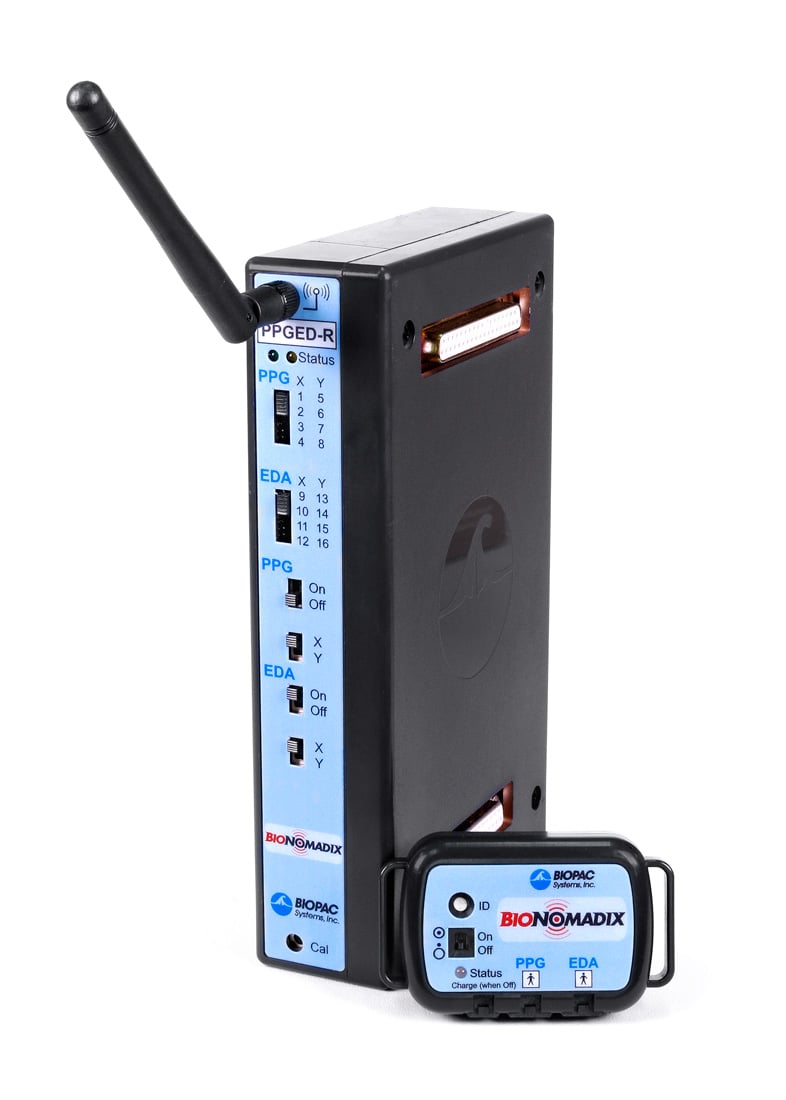






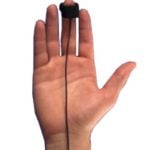
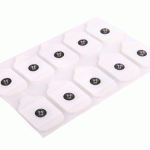
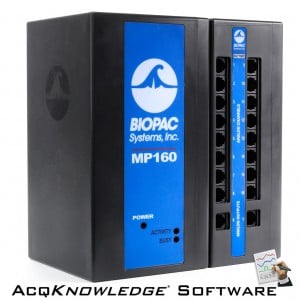
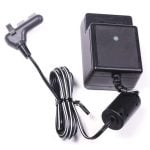
Stay Connected